ISO/IEC 14474-1998 信息技術 系統間遠程通信和信息交換 專用綜合業務網 靜態電路方式-PINX間連接的功能要求
作者:百檢網 時間:2021-08-05
標準號:ISO/IEC 14474-1998
中文標準名稱:信息技術 系統間遠程通信和信息交換 專用綜合業務網 靜態電路方式-PINX間連接的功能要求
英文標準名稱:Information technology - Telecommunications and information exchange between systems - Private Integrated Services Network - Functional requirements for static circuit-mode inter-PINX connections
標準類型:L78
發布日期:1999/12/31 12:00:00
實施日期:1999/12/31 12:00:00
中國標準分類號:L78
國際標準分類號:33.040.40;35.110
適用范圍:This International Standard is a part of the functional requirements for the Private Integrated Services Network (PISN) and defines the functions and procedures that are required by Private Integrated Services Network exchanges (PINXs) and the intervening network (IVN) in order to establish Inter-PINX Connections (IPC). The IPC is used for the transfer of signalling and user information between PINXs. The Private Signalling System No.l (PSS1) as defined in ISO/IEC 11572 and 11574 defines the signalling procedures and protocol for call control between PINXs at the Q reference point. These procedures are independent of the types of IVNs, called scenarios used to interconnect the PINXs. ISO/IEC TR14475 describes the use of various types of IVNs which provide the interconnections of PINXs. In order to connect a PINX to another PINX, mapping functions are required to adapt the specific interfaces at the C reference point to the application at the Q reference point. As such, mapping functions provide for physical adaptation to the interface at the C reference point. Mapping functions also provide for the mapping of user channels and signalling information at the Q reference point to the appropriate channels or time-slots at the C reference point. The C and Q reference points are defined in ISO/IEC 11579-1. The types of interfaces at the C reference point covered by this International Standard are: [1] 1544 kbit/s unstructured digital leased line [2] 1544 kbit/s structured digital leased line [3] 2048 kbit/s unstructured digital leased line [4] 2048 kbit/s structured digital leased line [5] 64 kbit/s unrestricted digital leased line [6] 1544 kbit/s ISDN Primary Rate user-network layer 1 interface [7] 2048 kbit/s ISDN Primary Rate user-network layer 1 interface [8] ISDN Basic Rate user-network layer 1 interface At the Q reference point the mappings provide a 64 kbit/s service for user channels and a packet mode service for the signalling channel. The applied mapping is a static mapping, i.e. there is a fixed relationship between user and signalling channels at the Q reference point and the timeslots of the interface at the C reference point. Any changes are subject to administrative actions. This International Standard specifies PINX mapping functions between the Q reference point and the C reference point for IVNs which provide either dedicated or semi-permanent, non-user activation, circuit-mode IPCs. The dedicated IPC is the connection permanently established, usually for the duration of a contractual period. The semi-permanent IPC is the connection whose resources are reserved for specified times during a contractual period. The semi-permanent IPC is established by management control with or without user activations. In this International Standard, the semi-permanent IPC established by management control with user activation is outside the scope. The IVN can be a dedicated physical link, dedicated transmission system or a cross connect system, or semi-permanent connection system. IVNs which include inverse mulitlexer techniques (e.g. channel aggregation in accordance with ISO/IEC 13871) are covered by this International Standard so far as they support one of the interfaces listed above. This International Standard also specifies mapping information. At both sides of the PINX, mapping information is required to administer the scenarios. This International Standard is applicable to PINXs which can be interconnected to form a Private Integrated Services Network (PISN) and which support signalling protocols at the Q reference point.
中文標準名稱:信息技術 系統間遠程通信和信息交換 專用綜合業務網 靜態電路方式-PINX間連接的功能要求
英文標準名稱:Information technology - Telecommunications and information exchange between systems - Private Integrated Services Network - Functional requirements for static circuit-mode inter-PINX connections
標準類型:L78
發布日期:1999/12/31 12:00:00
實施日期:1999/12/31 12:00:00
中國標準分類號:L78
國際標準分類號:33.040.40;35.110
適用范圍:This International Standard is a part of the functional requirements for the Private Integrated Services Network (PISN) and defines the functions and procedures that are required by Private Integrated Services Network exchanges (PINXs) and the intervening network (IVN) in order to establish Inter-PINX Connections (IPC). The IPC is used for the transfer of signalling and user information between PINXs. The Private Signalling System No.l (PSS1) as defined in ISO/IEC 11572 and 11574 defines the signalling procedures and protocol for call control between PINXs at the Q reference point. These procedures are independent of the types of IVNs, called scenarios used to interconnect the PINXs. ISO/IEC TR14475 describes the use of various types of IVNs which provide the interconnections of PINXs. In order to connect a PINX to another PINX, mapping functions are required to adapt the specific interfaces at the C reference point to the application at the Q reference point. As such, mapping functions provide for physical adaptation to the interface at the C reference point. Mapping functions also provide for the mapping of user channels and signalling information at the Q reference point to the appropriate channels or time-slots at the C reference point. The C and Q reference points are defined in ISO/IEC 11579-1. The types of interfaces at the C reference point covered by this International Standard are: [1] 1544 kbit/s unstructured digital leased line [2] 1544 kbit/s structured digital leased line [3] 2048 kbit/s unstructured digital leased line [4] 2048 kbit/s structured digital leased line [5] 64 kbit/s unrestricted digital leased line [6] 1544 kbit/s ISDN Primary Rate user-network layer 1 interface [7] 2048 kbit/s ISDN Primary Rate user-network layer 1 interface [8] ISDN Basic Rate user-network layer 1 interface At the Q reference point the mappings provide a 64 kbit/s service for user channels and a packet mode service for the signalling channel. The applied mapping is a static mapping, i.e. there is a fixed relationship between user and signalling channels at the Q reference point and the timeslots of the interface at the C reference point. Any changes are subject to administrative actions. This International Standard specifies PINX mapping functions between the Q reference point and the C reference point for IVNs which provide either dedicated or semi-permanent, non-user activation, circuit-mode IPCs. The dedicated IPC is the connection permanently established, usually for the duration of a contractual period. The semi-permanent IPC is the connection whose resources are reserved for specified times during a contractual period. The semi-permanent IPC is established by management control with or without user activations. In this International Standard, the semi-permanent IPC established by management control with user activation is outside the scope. The IVN can be a dedicated physical link, dedicated transmission system or a cross connect system, or semi-permanent connection system. IVNs which include inverse mulitlexer techniques (e.g. channel aggregation in accordance with ISO/IEC 13871) are covered by this International Standard so far as they support one of the interfaces listed above. This International Standard also specifies mapping information. At both sides of the PINX, mapping information is required to administer the scenarios. This International Standard is applicable to PINXs which can be interconnected to form a Private Integrated Services Network (PISN) and which support signalling protocols at the Q reference point.
相關標準
百檢網專注于為第三方檢測機構以及中小微企業搭建互聯網+檢測電商服務平臺,是一個創新模式的檢驗檢測服務網站。百檢網致力于為企業提供便捷、高效的檢測服務,簡化檢測流程,提升檢測服務效率,利用互聯網+檢測電商,為客戶提供多樣化選擇,從根本上降低檢測成本提升時間效率,打破行業壁壘,打造出行業創新的檢測平臺。
百檢能給您帶來哪些改變?
1、檢測行業全覆蓋,滿足不同的檢測;
2、實驗室全覆蓋,就近分配本地化檢測;
3、工程師一對一服務,讓檢測更精準;
4、免費初檢,初檢不收取檢測費用;
5、自助下單 快遞免費上門取樣;
6、周期短,費用低,服務周到;
7、擁有CMA、CNAS、CAL等權威資質;
8、檢測報告權威有效、中國通用;
客戶案例展示
相關商品
相關資訊

暫無相關資訊
最新資訊
版權與免責聲明
①本網注名來源于“互聯網”的所有作品,版權歸原作者或者來源機構所有,如果有涉及作品內容、版權等問題,請在作品發表之日起一個月內與本網聯系,聯系郵箱service@baijiantest.com,否則視為默認百檢網有權進行轉載。
②本網注名來源于“百檢網”的所有作品,版權歸百檢網所有,未經本網授權不得轉載、摘編或利用其它方式使用。想要轉載本網作品,請聯系:service@baijiantest.com。已獲本網授權的作品,應在授權范圍內使用,并注明"來源:百檢網"。違者本網將追究相關法律責任。
③本網所載作品僅代表作者獨立觀點,不代表百檢立場,用戶需作出獨立判斷,如有異議或投訴,請聯系service@baijiantest.com










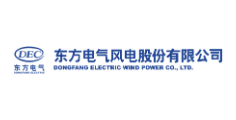


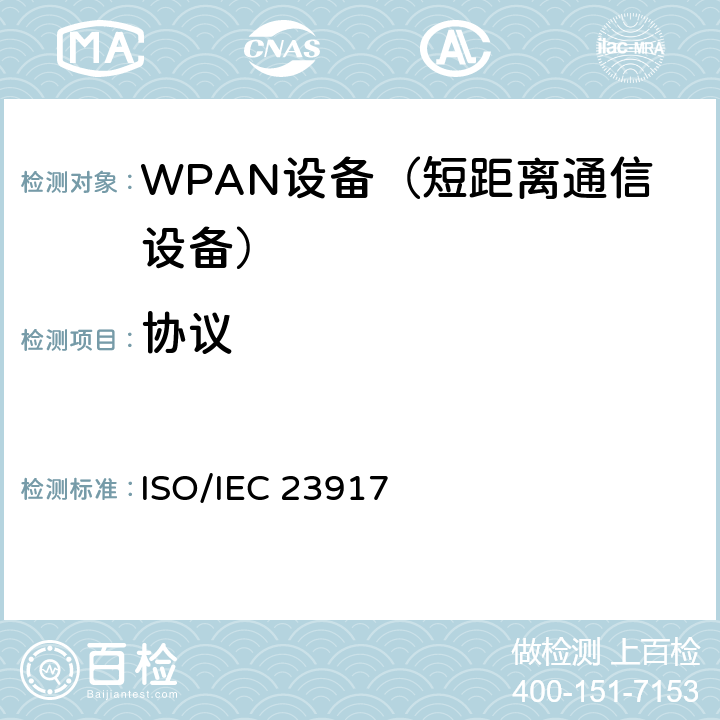
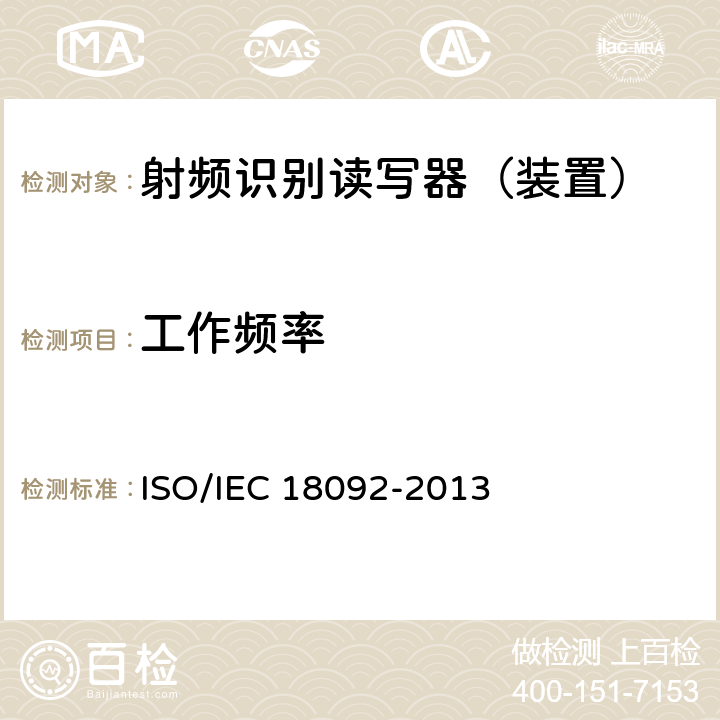
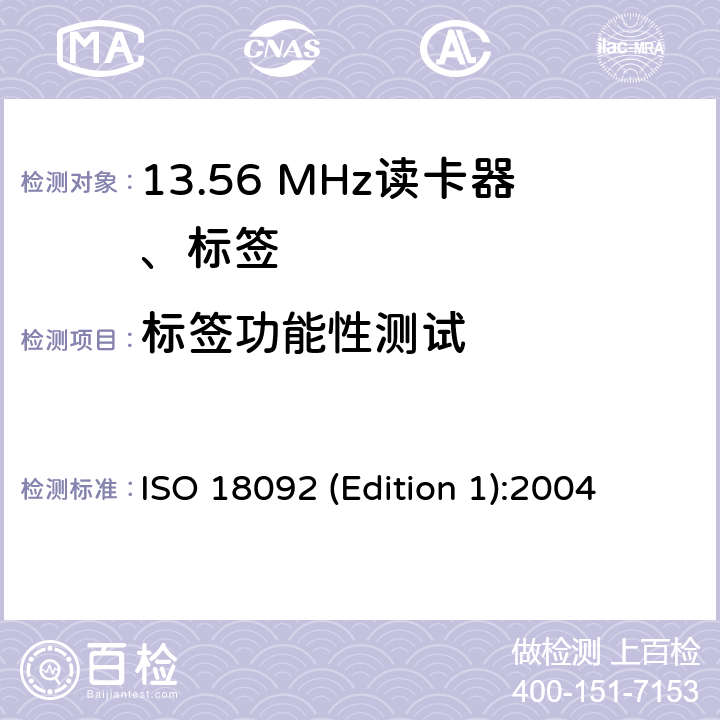
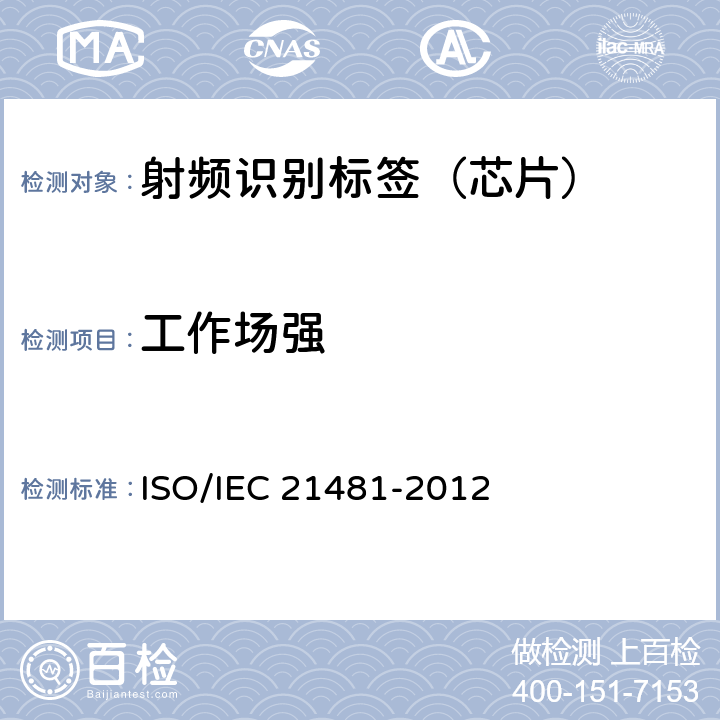
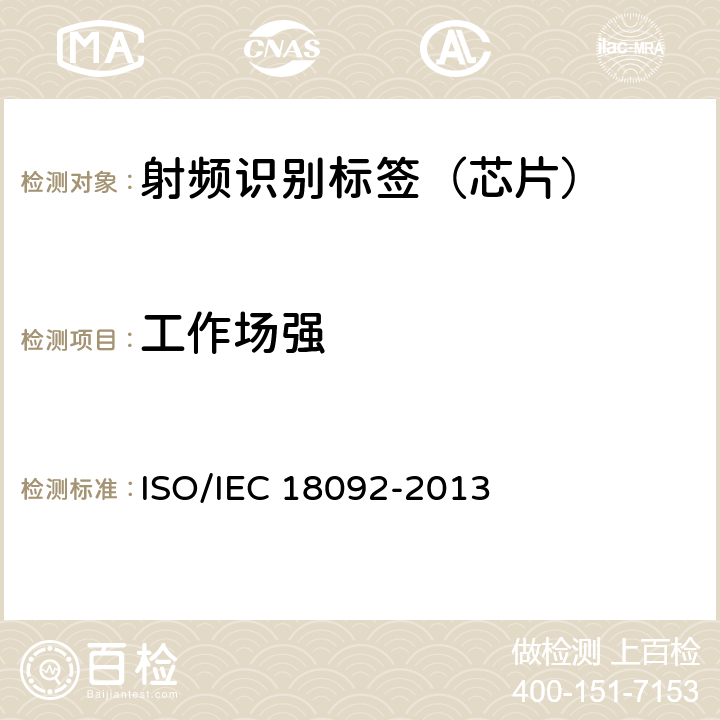
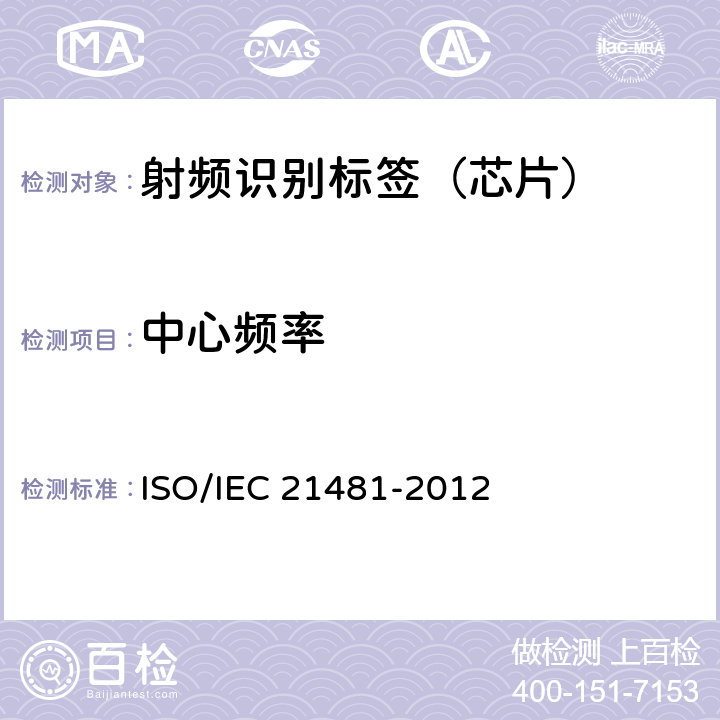

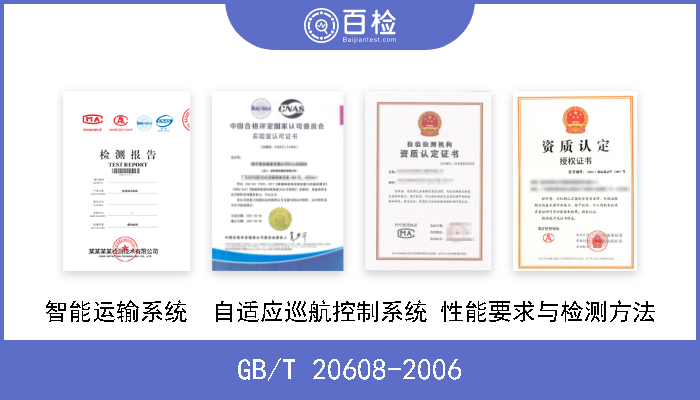
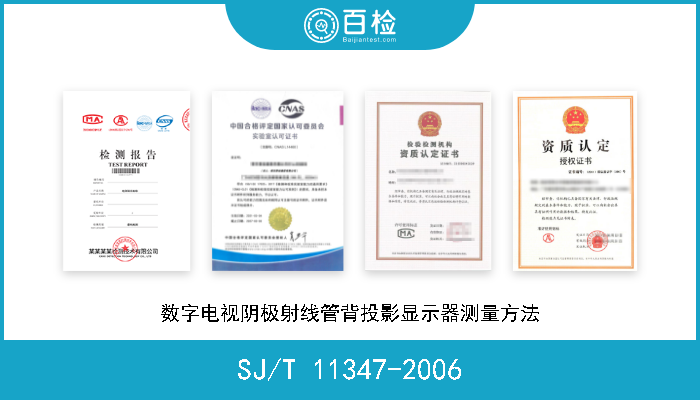
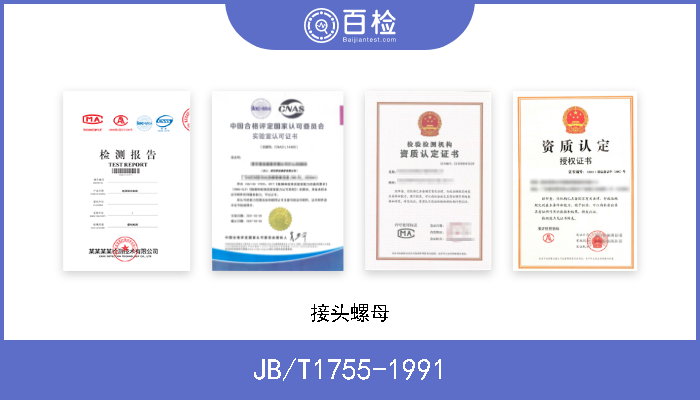
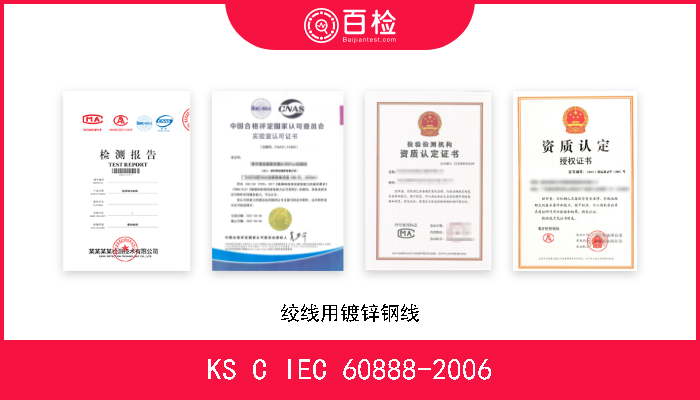
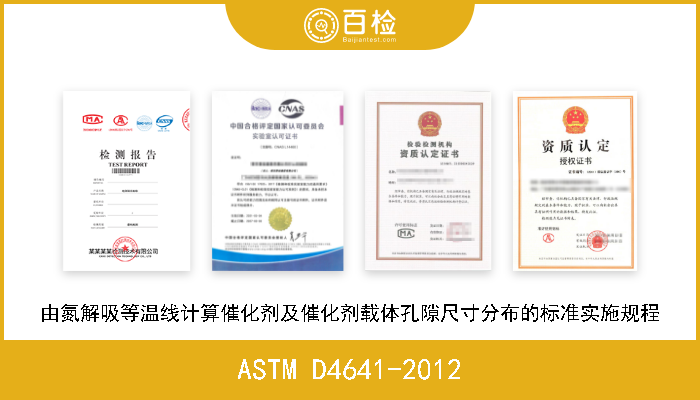
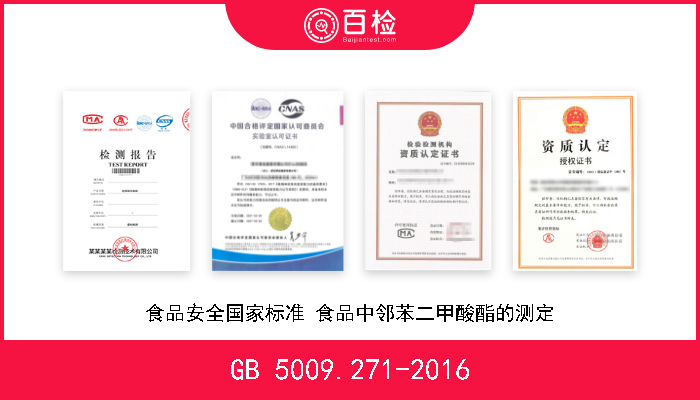
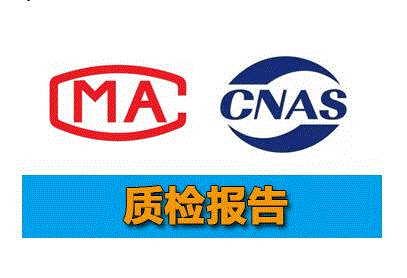
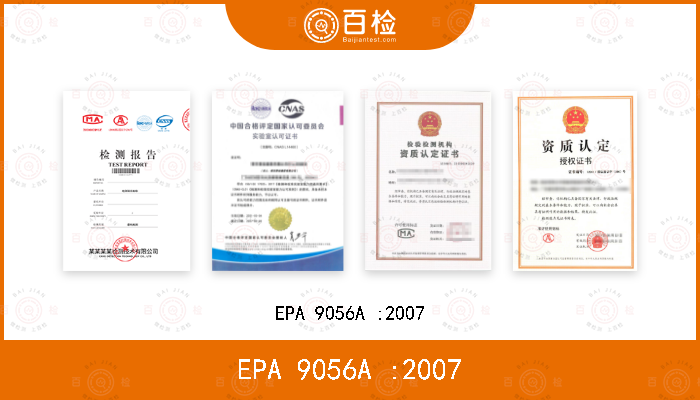
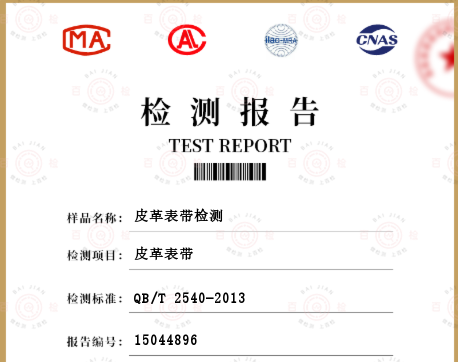



 400-101-7153
400-101-7153 15201733840
15201733840

